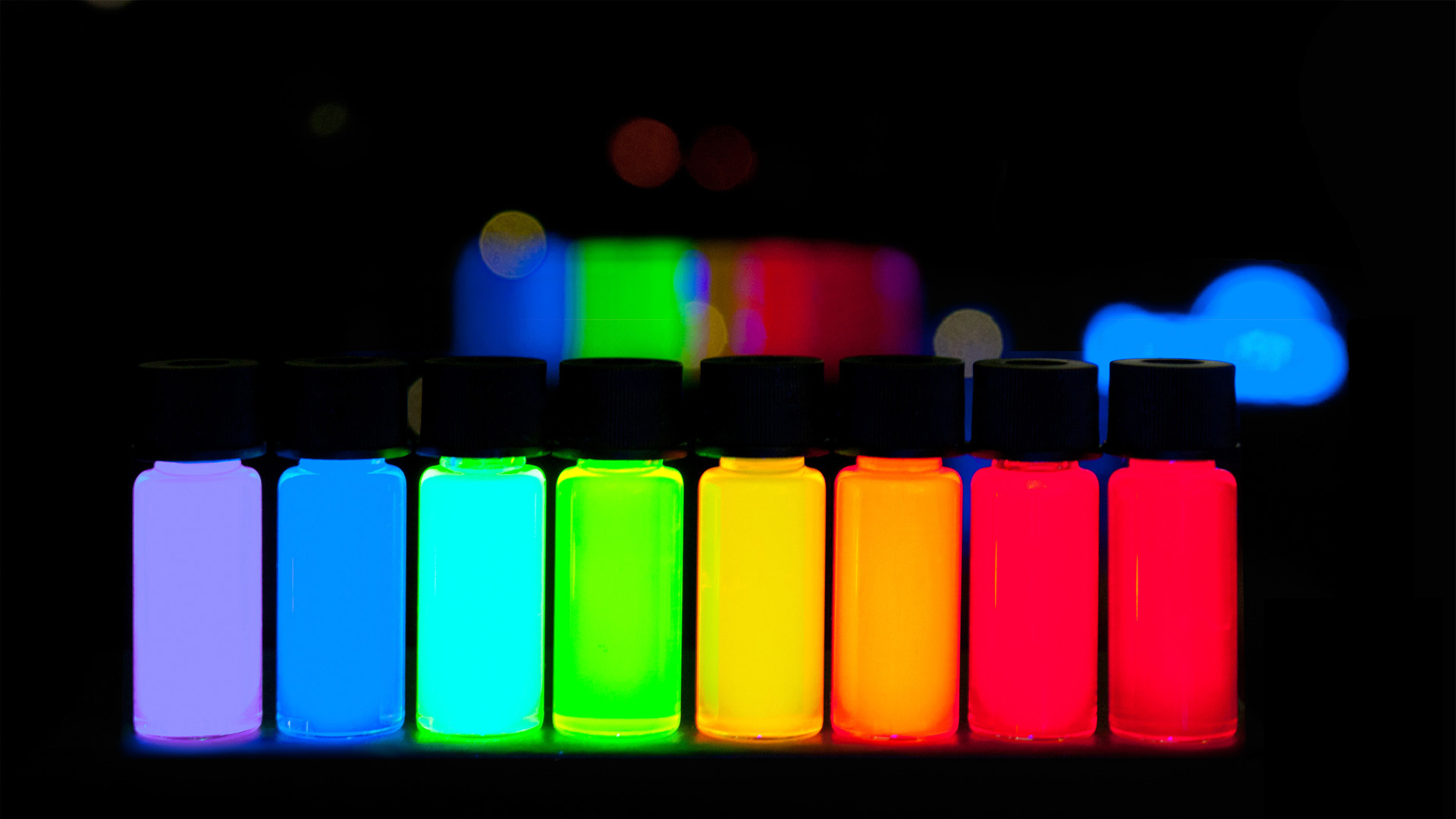Blog, Green generation & storage
Quantum dot solar cells, the latest revolution in solar energy
This “quantum dot” nanoparticle technology, applied innovatively to solar cells, has set a new world record in recoverting solar energy into electricity
While solar technology will once again be a safe bet in terms of investing in and installing renewable energy in 2020, innovation in this sector will not be far behind. The quantum dot technology, applied in solar cells, is based on a type of nanoparticles known as “quantum dots”, and has set a new world record for converting solar energy into electricity for human use.Quantum dot solar cells work like a “flexible skin” on hard surfaces, such as those found on a standard solar panel, as reported in a press release by Europa Press. According to Lianzhou Wang, the professor at University of Queensland (Australia) who led the research, these types of quantum dots are “flexible and printable” compared to the “rigid, expensive” materials currently used in the production of photovoltaic cells. Wang also predicts that this new material could open up a huge range of potential applications, including the possibility to use it as “a transparent skin to power cars, planes, homes and wearable technology”.Despite all these wonders and benefits, this quantum dot technology has had to face a major challenge, namely that its surface is rough and unstable. This has not prevented the research team from improving the previous sunlight-to-electricity conversion efficiency record by 25%. Quantum dots, on a brightly coloured scale, demonstrating their luminescent usefulness
 Quantum dots, on a brightly coloured scale, demonstrating their luminescent usefulness[/caption]
Quantum dots, on a brightly coloured scale, demonstrating their luminescent usefulness[/caption]What are quantum dots?
Generally speaking, quantum dots are a microscopic structure (nanostructure) semiconductor that allows movement to be trapped in the three spatial directions of the electrons within the conduction band and the voids of the valence band or excitons (pairs of conduction band electron bonds and valence band voids).This technology, already present in fields ranging from energy to biomedicine (where it is used to detect different cells, replacing current chemical developers thanks to its luminescent properties), now appears in photovoltaics via solar cells, where its properties are used to absorb the sun’s rays. Specifically, their band gap (the energy difference between the top of the valence band and the bottom of the conduction band), which can be “tuned” in accordance with the energy level, makes them an attractive solution for multi-junction solar cell technologies, where different band gap materials converge to improve efficiency in solar energy collection. This is something that materials that are now commonplace, such as silicon or copper selenide, do not allow. Indeed, it is what makes them so special.Would you like to discover more? Here is an interesting video about quantum dots: